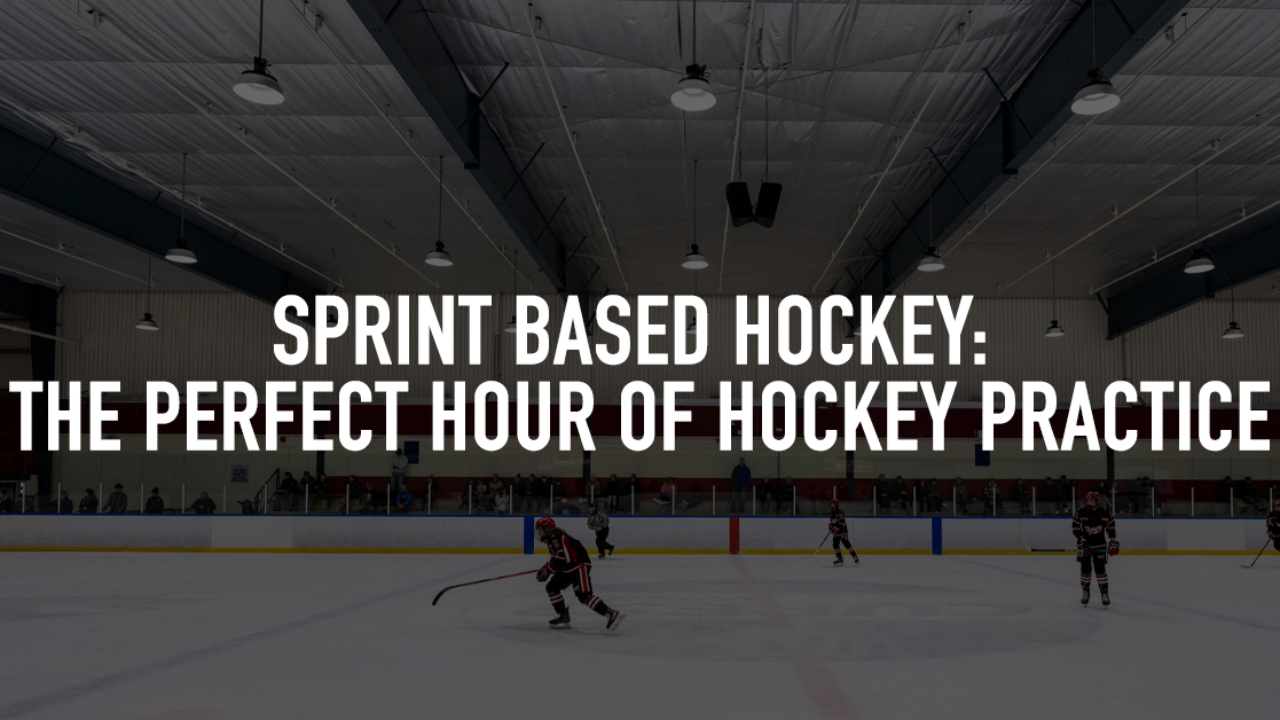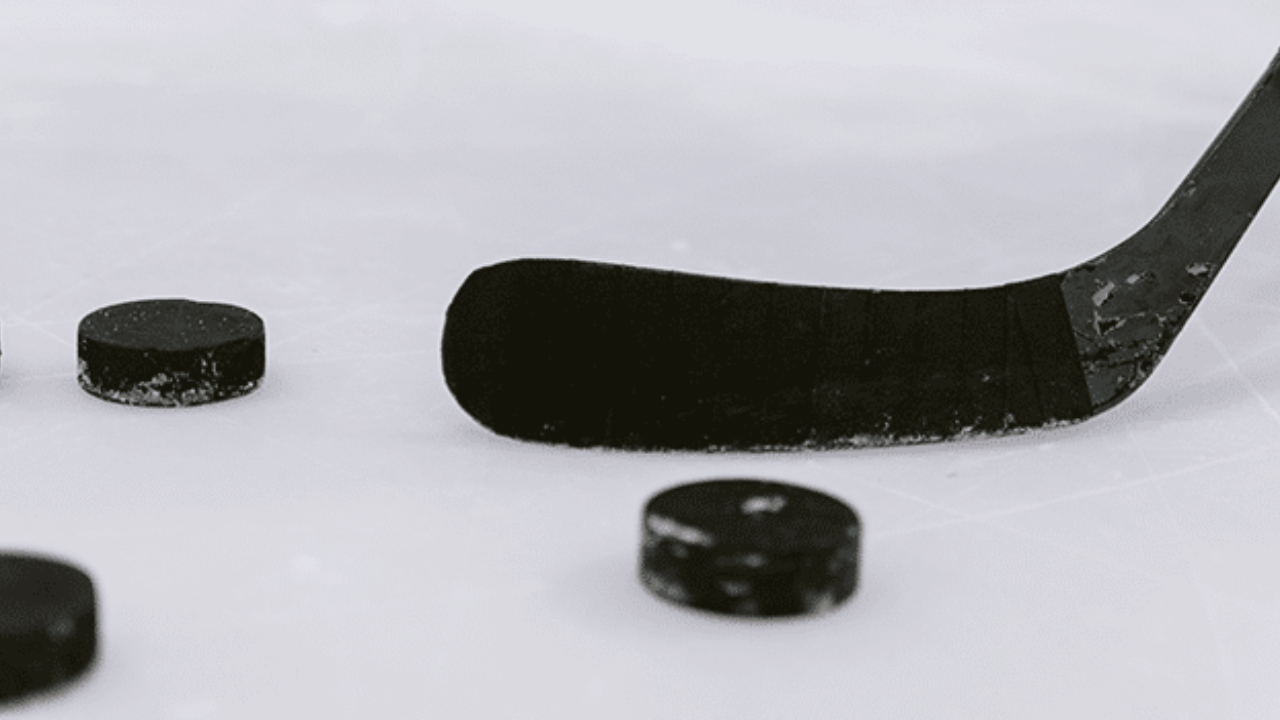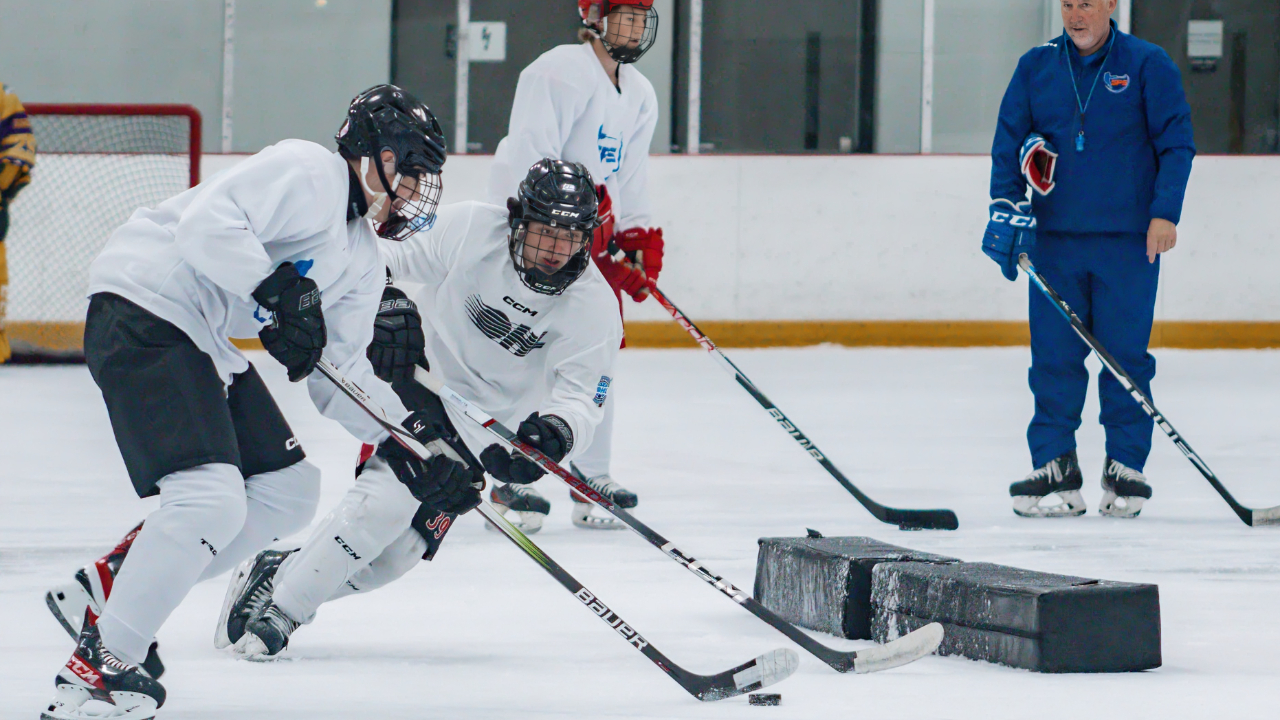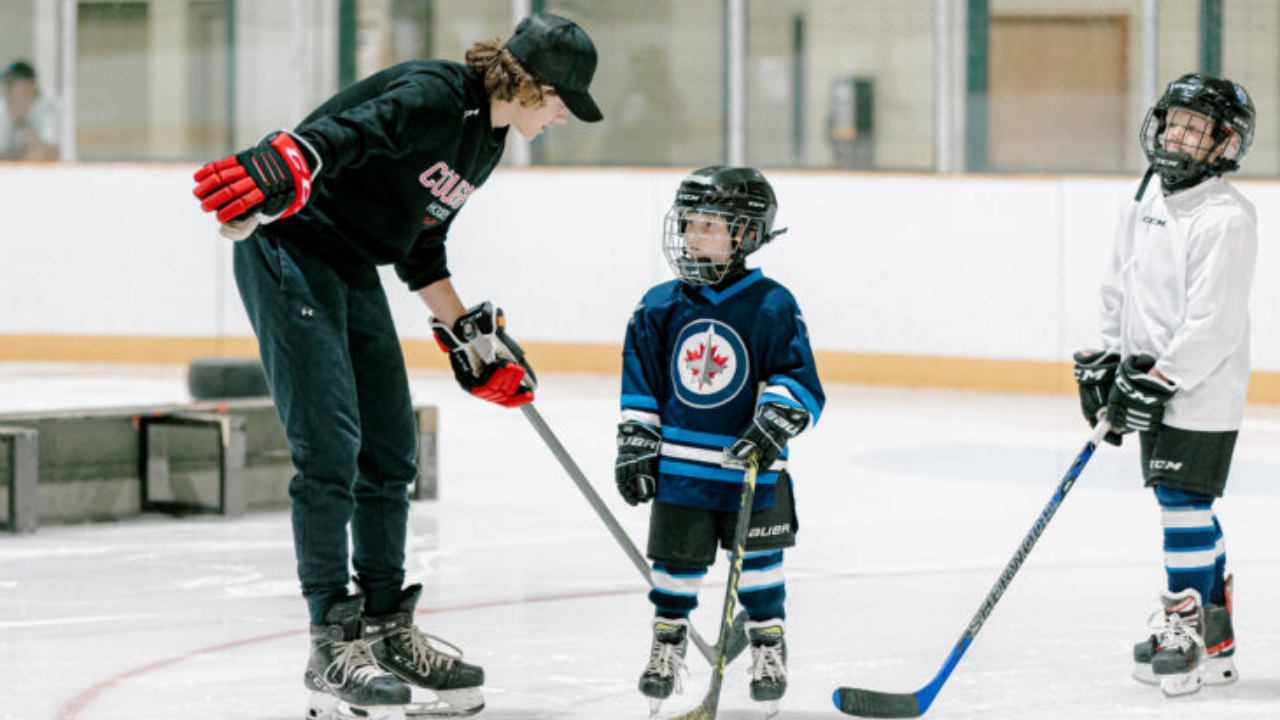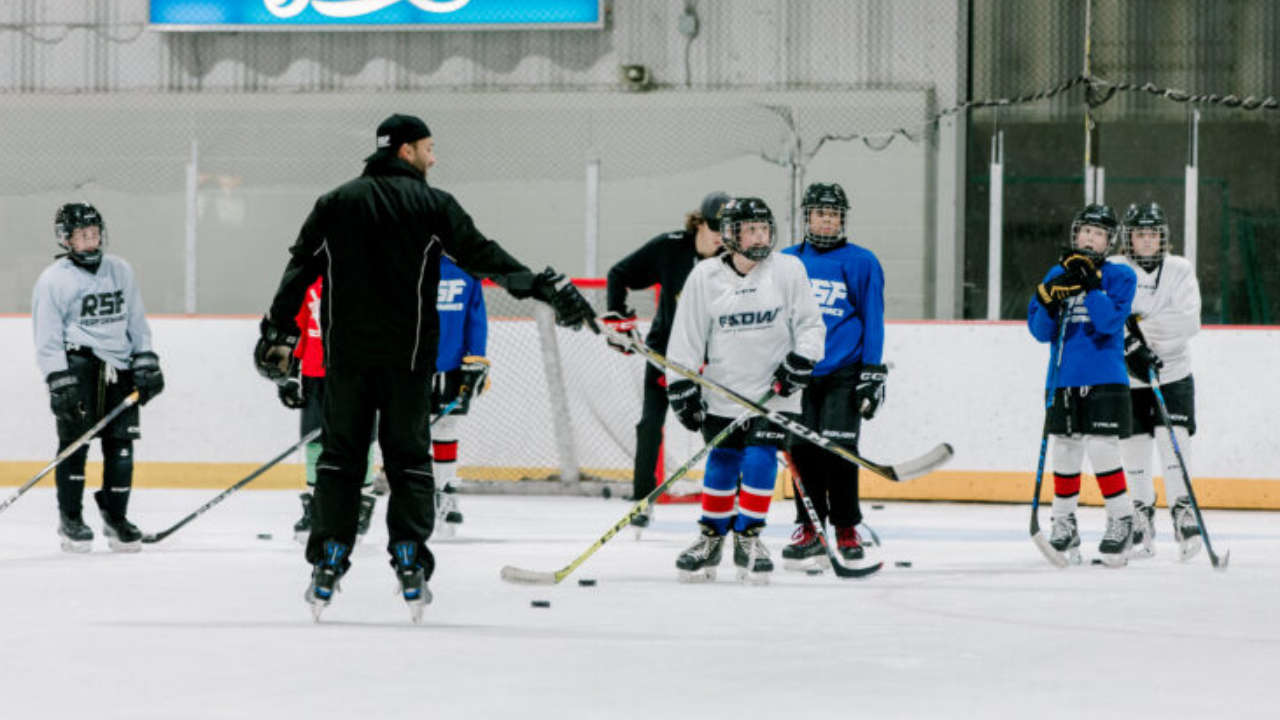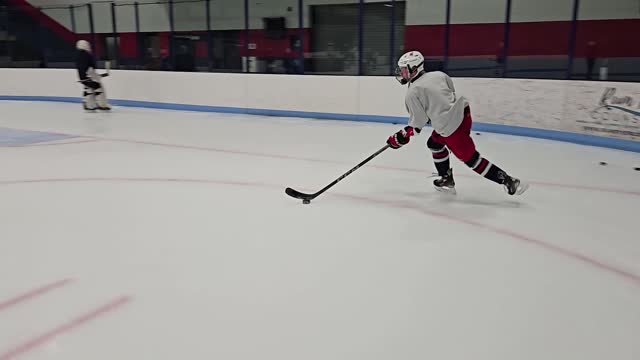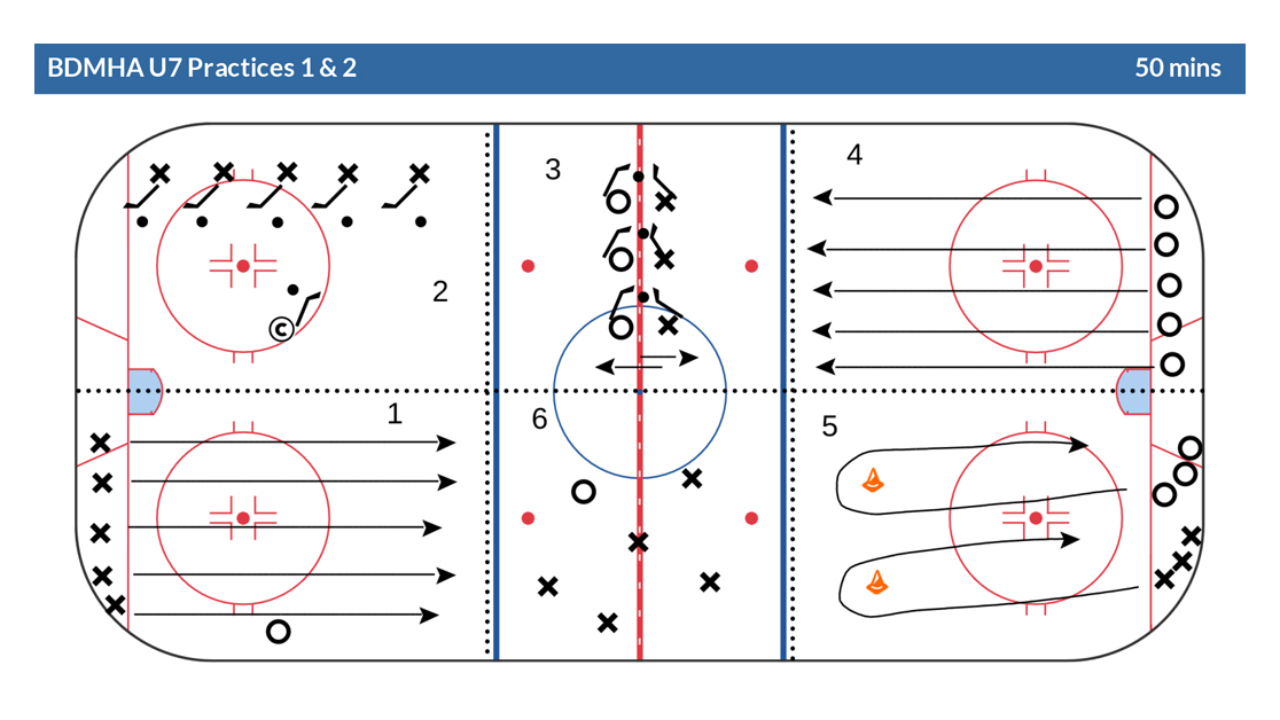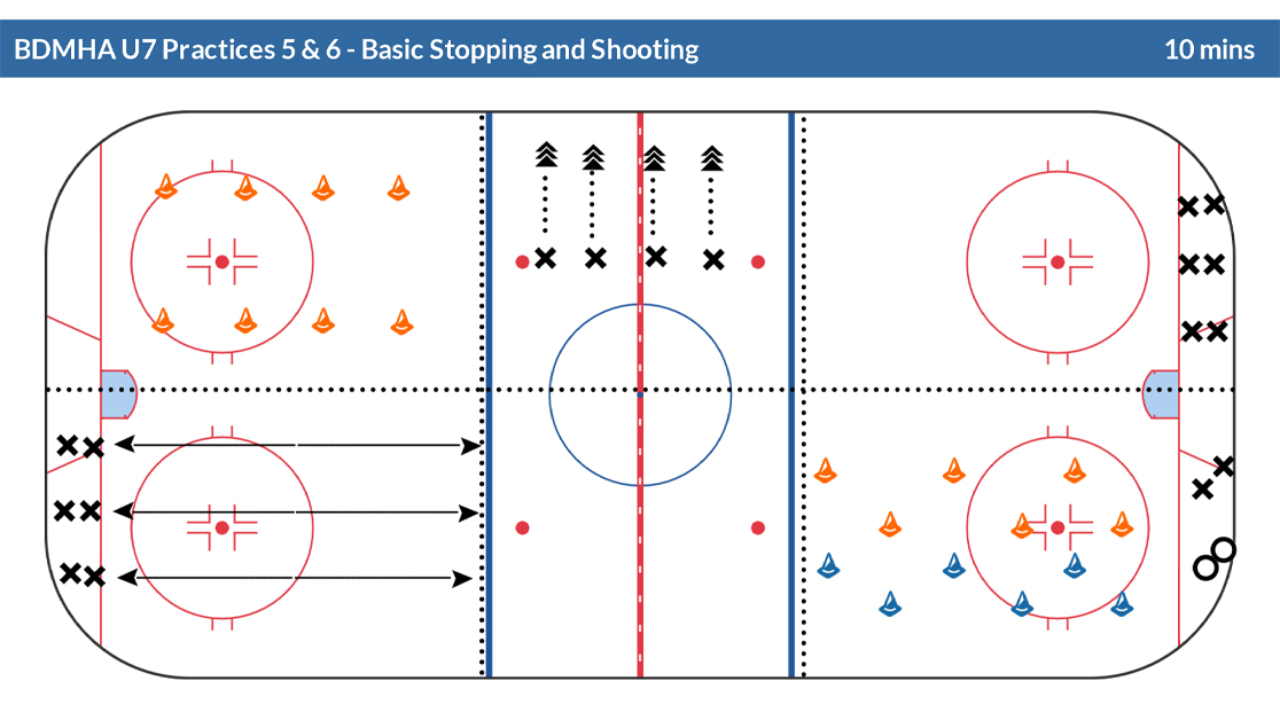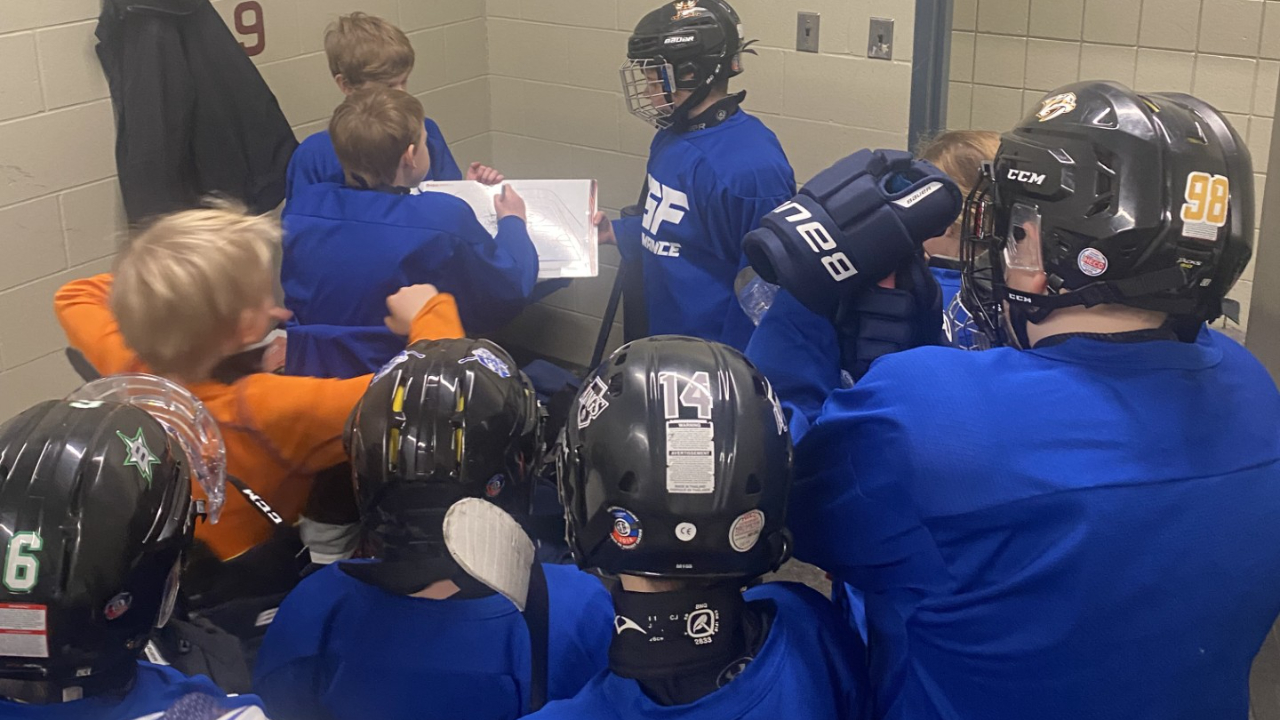
As coaches, we've all faced the challenge of helping our pre-teen and teenage athletes to transition smoothly from school to practice for those 4:30 sessions. However, lacking a transition period from one activity to the next can lead to frustration and unproductive training. This issue stems from the unique stage of brain development that pre-teens and teens are navigating, making it critical to understand how we can assist them through these transitions, and introducing structured routines can prove to be immensely beneficial.
Understanding the Brain's Transition Challenges
The adolescent years are marked by profound brain changes, particularly in decision-making, impulse control, and task transitioning. The prefrontal cortex—which plays a crucial role in these cognitive functions—is in a continuous state of development during this period. This aspect of brain development is a key factor in why kids often find it challenging to swiftly change gears from the classroom setting to the hockey rink. Recognizing these transition hurdles is essential for coaches who aim to support their young athletes effectively. By acknowledging the biology of these challenges, we can approach transition difficulties with empathy and create strategies that acknowledge the unique developmental phase that young individuals are navigating. This understanding paves the way for more effective coaching methodologies that align with the natural developmental processes of the youth brain, fostering a more supportive and productive environment for our athletes.
The Importance of a Grace Period Before Practice Begins
Granting our young athletes a few moments before the whirlwind of practice is more than just a pause; it's an essential bridge between their academic and athletic worlds. This short reset enables them to shed the day's stresses and refocus their energies on the tasks ahead. It's an opportunity for them to mentally transition, setting aside homework concerns and social dynamics, to embrace the discipline and camaraderie of sport. Introducing such a grace period is a proactive step towards nurturing their ability to adapt and thrive in varying contexts. It's about acknowledging their developmental needs and crafting an environment that respects and supports these. By incorporating this thoughtful buffer, we not only prime them for a more engaged and productive practice but also teach valuable life skills in managing transitions and expectations. This preparation time, albeit brief, can significantly influence their readiness to learn, perform, and cooperate, laying a solid foundation for both immediate and long-term success in their sporting endeavors.
5 Tips to help create a smooth transition
For coaches looking to support their athletes through smoother transitions, here are five practical tips that can make a significant difference:
1. Establish a Predictable Routine: Consistency is crucial. Having a predictable routine before practice can help athletes mentally prepare for the transition from academic to athletic activities. This might involve specific pre-practice stretches, a team chant, or a brief motivational talk.
2. Use Transition Signals: Simple auditory or visual cues can effectively signal the start of a new activity. Whether it's displaying the practice plan in the dressing room before practice begins, a particular song that cues the transition can help clear the mental slate and ready athletes for what's next.
3. Involve Players in Planning: Allowing players to choose from a selection of drills that support your teaching points of the day and letting them help assemble a practice plan within your structure can be very engaging. This involvement is a great activity to create a discussion within the locker room.
4. Foster an Atmosphere of Mindfulness and Reflection: Incorporating brief mindfulness exercises can help athletes center themselves and reduce stress. Techniques such as deep breathing or visualization exercises can facilitate a smoother transition into the practice mindset.
5. Begin Practice With a Game or Race: Starting with Small Area Games (SAGs) is an excellent way to transition players' mindsets. SAGs require coordination, and communication while fostering friendly competition that sparks enthusiasm and a healthy competitive spirit. Designing challenges that require collaboration not only improves athletic skills but also strengthens the bonds between teammates.
How Long Does the Transition Period Take
Determining the precise length of the transition period from school to practice can vary greatly among young athletes due to the distinct pace at which each individual's brain matures and adapts to new changes. Typically, it may take anywhere from several minutes to half an hour for most athletes to mentally shift gears and fully immerse in the practice environment. Coaches must observe and understand the unique needs of their team members, recognizing that some may need more time to decompress and refocus than others. Creating a pre-practice routine starting 30-45 minutes before practice can significantly enhance your players' focus. Importantly, the aim is to provide a supportive framework that honors each athlete's developmental path, allowing them to transition at a pace that fosters their growth, readiness, and peak performance.

